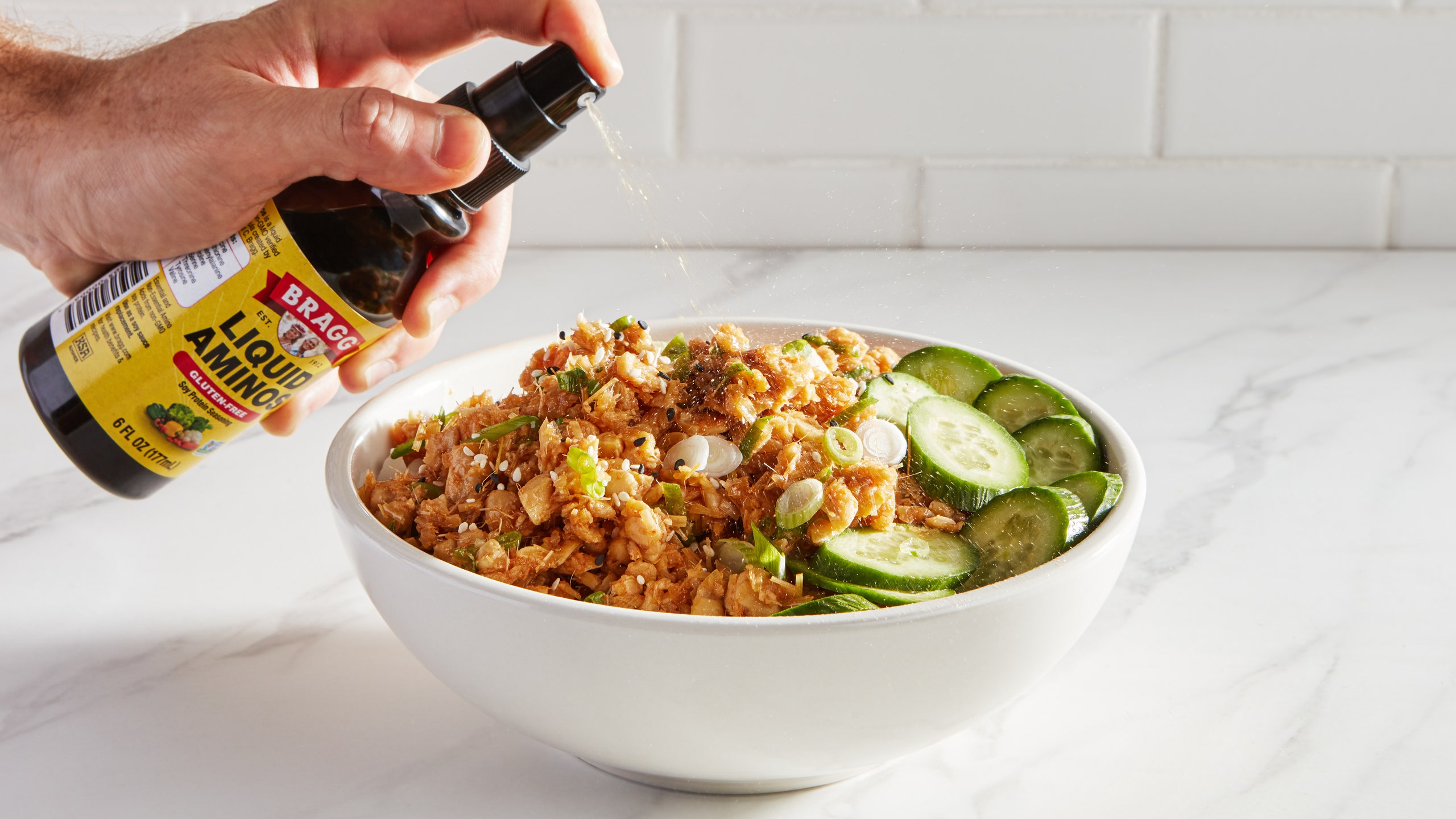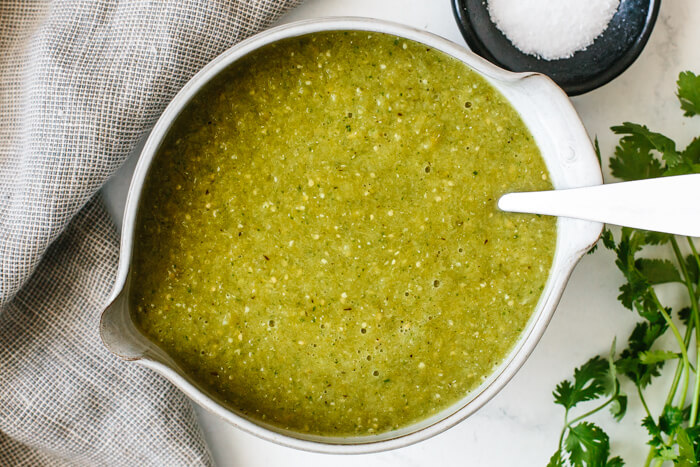Soy Sauce Chicken: History, Recipe Variations, and Health Tips
Soy sauce chicken dates back to ancient China. Historical records from the Han Dynasty (206 BC – 220 AD) mention the use of soy sauce in culinary practices. The method of braising chicken in soy sauce was utilized to enhance flavor and preserve the meat. Originating in China, the dish spread to other regions of Asia through trade routes. In Chinese culture, soy sauce chicken symbolizes prosperity and is often served during Lunar New Year celebrations.
Evolution of the Recipe
While the traditional preparation involves braising chicken in soy sauce, variations have emerged over time. Different regions in Asia adapted the recipe to suit local tastes. In Japan, soy sauce chicken includes mirin and sake for added sweetness. In Malaysia, the dish incorporates star anise and cinnamon, infusing it with distinctive flavors. Modern recipes sometimes include honey, garlic, and ginger to intensify the taste and aroma. These evolutions demonstrate the versatility and timeless appeal of soy sauce chicken across diverse cultures.
Key Ingredients in Soy Sauce Chicken
Importance of Soy Sauce Quality
High-quality soy sauce shapes the essence of soy sauce chicken. The depth of flavor in premium soy sauce enhances the dish’s savory complexity. Look for soy sauce with natural fermentation, as it offers a richer taste profile. Authentic traditional soy sauces usually contain only three or four ingredients: soybeans, wheat, water, and salt. Avoid those with additives, artificial coloring, or preservatives to ensure a pure, robust flavor. Japanese shoyu, Chinese dark soy sauce, and light soy sauces bring distinct characteristics, so choose based on taste and color preferences.
Supporting Ingredients and Their Roles
Various supporting ingredients contribute to soy sauce chicken’s unique taste and texture. Here are key components and their roles:
- Chicken: The main ingredient, usually bone-in whole chickens or drumsticks, absorbs flavors best.
- Ginger: Adds a spicy, warm undertone while aiding in tenderizing the meat.
- Garlic: Enhances the dish’s aromatic complexity and complements the soy sauce.
- Green Onions: Offers fresh, mild onion flavor and visual appeal as a garnish.
- Brown Sugar: Introduces sweetness, balancing the soy sauce’s saltiness.
- Shaoxing Wine: Adds depth and mild sweetness, contributing to the overall umami profile.
- Star Anise: Provides a subtle licorice note, enriching the dish’s aromatic palette.
- Cinnamon Sticks: Infuses warm, sweet, and woody notes, enhancing the flavor depth.
These ingredients work harmoniously, creating the complex and savory profile characteristic of soy sauce chicken.
Cooking Techniques
Traditional Vs. Modern Methods
Traditional methods of preparing soy sauce chicken involve marinating the chicken for hours in a mixture of soy sauce, Shaoxing wine, ginger, garlic, and star anise. The chicken is then slowly simmered or braised to infuse the flavors deeply. This method preserves authenticity but requires more time and effort.
Modern methods offer a quicker approach without sacrificing much flavor. Instead of lengthy marination, you can opt for pressure cooking or instant pot techniques. These methods reduce cooking time significantly, making it convenient for busy schedules. Additionally, air-frying can provide a crispy texture while retaining the rich soy sauce flavor.
- Quality Ingredients: Use high-quality soy sauce and fresh ginger, garlic, and green onions. These enhance the dish’s savory profile.
- Balanced Marinade: Ratio of soy sauce, Shaoxing wine, and sugar should be balanced to avoid overpowering flavors.
- Consistent Temperature: Slow-cook the chicken at a consistent temperature to ensure even cooking and flavor infusion.
- Resting Time: Let the cooked chicken rest before serving to allow the flavors to meld completely.
- Additional Aromatics: Consider adding cinnamon sticks and star anise for an extra layer of complexity.
By following these techniques and tips, you can create delicious soy sauce chicken that meets traditional standards with modern conveniences.
Serving and Pairing Ideas
Best Accompaniments for Soy Sauce Chicken
Rice varieties, like jasmine or fragrant coconut rice, complement soy sauce chicken by absorbing the rich flavors. Steamed vegetables, such as bok choy or broccoli, offer a fresh contrast. Noodles, particularly lo mein or egg noodles, expand your dish’s textural palette. Pickled vegetables, including kimchi or pickled radish, add a tangy zest.
Creative Serving Suggestions
Turn soy sauce chicken into a hearty salad by slicing it and tossing it with mixed greens, cherry tomatoes, and a light sesame dressing. Fill steamed buns or bao with shredded soy sauce chicken, cucumbers, and a drizzle of hoisin sauce for a delightful hand-held treat. For a bold fusion, use the chicken as a topping on a sushi roll paired with avocado and wasabi mayo.
Health Benefits and Dietary Considerations
Nutritional Content Overview
Soy sauce chicken provides several nutritional benefits. The dish offers a good source of protein essential for muscle growth and repair. According to the USDA, a 3-ounce serving of cooked chicken breast contains about 26 grams of protein. Soy sauce itself contains minimal calories but adds significant flavor, reducing the need for additional high-calorie condiments.
However, traditional soy sauce is high in sodium. One tablespoon contains approximately 900 milligrams of sodium, which is 39% of the recommended daily intake. Monitoring sodium levels is important for maintaining cardiovascular health. Including whole grains like brown rice and steamed vegetables can balance the sodium content in a meal, ensuring a more nutritious profile.
Adapting the Recipe for Dietary Needs
To cater to various dietary needs, consider modifying the soy sauce chicken recipe. For a lower sodium option, use low-sodium soy sauce variants, significantly reducing sodium intake.
For those with gluten sensitivities or celiac disease, use gluten-free tamari instead of regular soy sauce. Tamari provides similar umami flavors without gluten.
Vegetarians and vegans can also enjoy a plant-based version by substituting chicken with tofu or tempeh. Marinate and cook these protein-rich alternatives similarly to achieve comparable flavor profiles.
| Dietary Need | Modification |
|---|---|
| Low Sodium | Use low-sodium soy sauce |
| Gluten-Free | Substitute with gluten-free tamari sauce |
| Vegetarian/Vegan | Replace chicken with tofu or tempeh |
Adapting soy sauce chicken enables you to enjoy its flavors while meeting specific wellness goals.
Conclusion
Soy sauce chicken offers a delightful blend of rich flavors and cultural heritage, making it a versatile and beloved dish. By understanding its history and mastering the key ingredients and techniques, you can create a culinary masterpiece that caters to various tastes and dietary needs. Whether you’re serving it traditionally or adding a modern twist, soy sauce chicken is sure to impress. With options for low-sodium, gluten-free, and vegetarian adaptations, everyone can enjoy this flavorful dish while maintaining their health and wellness goals. Dive into the world of soy sauce chicken and elevate your culinary repertoire today.





